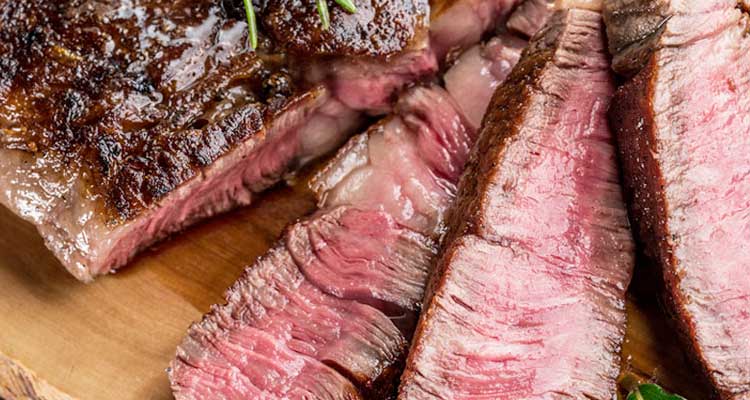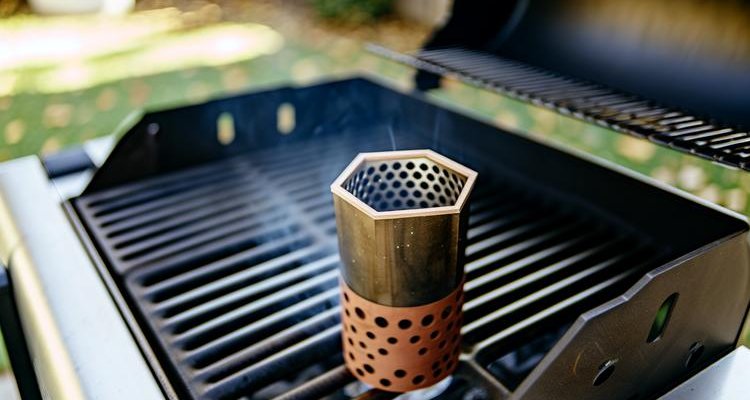
The Rich Heritage of Santa Maria Style BBQ
When it comes to regional American barbecue traditions, Santa Maria Style BBQ stands as California’s distinctive contribution to the barbecue pantheon. Unlike the slow-smoked meats of the South, this technique focuses on grilling tri-tip over red oak coals, creating a uniquely flavorful crust while maintaining a juicy, medium-rare interior. What began as practical ranchland cooking in the mid-1800s has evolved into one of America’s most distinctive regional cooking styles—one that deserves a place in every serious griller’s repertoire.
Traditional Santa Maria Style BBQ originated when Spanish ranchers in California’s Central Coast would host spring barbecues using locally available ingredients. By the early 1900s, European settlers and local social clubs had refined these techniques into the distinct style we recognize today. The beauty of this tradition lies in its simplicity: quality beef, minimal seasoning, and the distinctive smoke of California red oak come together to create barbecue magic that lets the natural flavors of the ingredients shine.
The Essential Elements of Santa Maria BBQ
The Signature Cut: Tri-Tip
The star of Santa Maria Style BBQ is undoubtedly the tri-tip, a triangular cut from the bottom sirloin that was popularized in this region. Before Santa Maria ranchers began highlighting this cut in the 1950s, it was typically ground into hamburger. Today, the tri-tip is celebrated for its rich flavor and texture when properly grilled. This relatively lean cut features beautiful marbling and a distinctive grain pattern that, when sliced correctly against the grain, delivers exceptional tenderness alongside robust beef flavor.
The Special Seasoning
Authenticity in Santa Maria BBQ comes from the deceptively simple seasoning approach. Traditional Santa Maria rub consists primarily of salt, black pepper, and garlic—ingredients that enhance rather than mask the natural flavors of the beef. This minimalist approach stands in stark contrast to the complex rubs common in other barbecue traditions. Suzie Q’s has captured this authentic flavor profile in their seasoning blends, making it accessible to home cooks who want to recreate this regional specialty without hunting down obscure ingredients.
The Critical Cooking Method
The defining characteristic of Santa Maria BBQ is grilling over red oak, a wood native to California’s Central Coast. This hardwood burns clean and hot while imparting a distinctive sweet smoke that has become synonymous with the style. Traditional Santa Maria grills feature a grate that can be raised or lowered over the coals to control temperature—a design element that allows for the perfect sear while maintaining precise cooking control. For home grillers, Suzie Q’s red oak wood chips can help recreate this authentic flavor on conventional grills.
The Complete Santa Maria Meal
A proper Santa Maria Style BBQ extends beyond just the perfectly grilled tri-tip. The traditional accompaniments are equally important to the experience. Pinquito beans—small pink beans indigenous to the Santa Maria Valley—are essential, typically prepared with bacon, onion, and garlic. These beans have a firm texture that holds up well to the robust flavors of the meal.
The feast is typically rounded out with fresh salsa, garlic bread (often grilled alongside the meat), and simple green salad. For dessert, fresh strawberries—another local specialty from the agriculturally rich valley—provide a sweet, refreshing conclusion. Suzie Q’s offers authentic pinquito beans and other traditional sides, allowing barbecue enthusiasts everywhere to create a complete Santa Maria experience regardless of geography.
Bringing Santa Maria BBQ Home
Thanks to retailers like Suzie Q’s, enjoying authentic Santa Maria Style BBQ is no longer limited to those who can visit California’s Central Coast. Their comprehensive lineup of seasonings, rubs, authentic pinquito beans, and red oak wood chips makes it possible to recreate this iconic regional barbecue style in your own backyard.
For home cooks looking to expand their barbecue horizons beyond the familiar territories of Texas brisket or Carolina pulled pork, Santa Maria Style BBQ offers a distinctive and approachable alternative. The technique’s emphasis on quality ingredients and straightforward preparation makes it accessible even to those relatively new to serious grilling, while the unique flavor profile provides something novel even for experienced barbecue aficionados.
Frequently Asked Questions
What makes Santa Maria Style BBQ different from other barbecue styles?
Unlike the low-and-slow approach of Southern barbecue, Santa Maria Style features direct grilling over red oak at medium-high heat. It focuses on tri-tip beef rather than pork or brisket, and uses a simple seasoning that lets the meat’s natural flavors shine through. The complete meal includes distinctive sides like pinquito beans.
Can I make authentic Santa Maria BBQ without red oak?
While red oak provides the signature flavor, you can substitute other oak varieties if necessary. Avoid stronger woods like hickory or mesquite, which would overpower the beef. If using a gas grill, Suzie Q’s red oak chips in a smoker box can provide authentic flavor.
What’s the best way to slice tri-tip?
Tri-tip has grain patterns that change direction, making proper slicing crucial. Let the meat rest 10 minutes after cooking, then slice thinly (about ¼ inch) against the grain. Notice where the grain changes direction (usually near the center point of the triangle) and adjust your slicing accordingly.
Are pinquito beans necessary for an authentic experience?
Yes, these small pink beans are indigenous to the Santa Maria Valley and are a traditional component of the meal. Their firm texture and ability to absorb flavor make them ideal. While you could substitute small pink or cranberry beans, authentic pinquito beans are available through retailers like Suzie Q’s.
What wine pairs best with Santa Maria BBQ?
The Santa Maria Valley is also wine country, and local Pinot Noir or Syrah makes an excellent pairing with the oak-grilled beef. The medium body and bright fruit notes complement the smoky, savory flavors of the barbecue.



